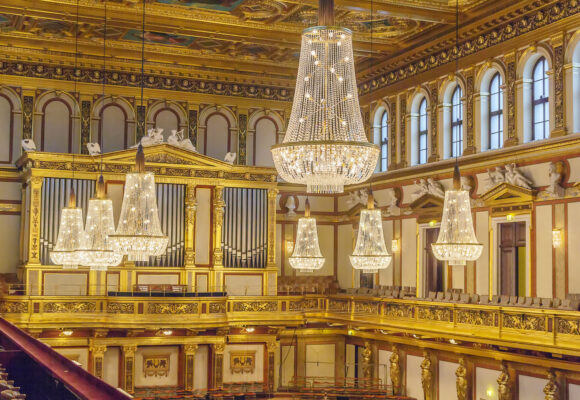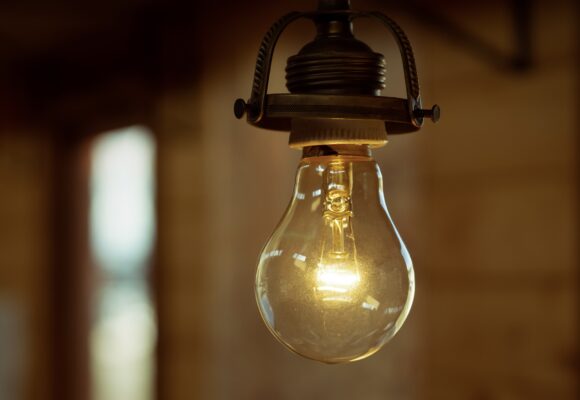Fire rated light fittings stand as essential components in building safety and compliance, offering protection against the spread of fire and ensuring the integrity of fire-rated ceilings and walls. These specialised fixtures are designed to withstand high temperatures and prevent the passage of flames and gases through penetrations created for lighting installations. In this comprehensive exploration, we delve into the significance, construction, regulations, and applications of fire rated light fittings, illuminating their pivotal role in safeguarding lives and property.
A Simple Understanding
Fire rated light fittings, also known as fire-rated downlights or fire-rated luminaires, are lighting fixtures specifically engineered to meet stringent fire safety standards and regulations. Unlike standard light fittings, which may compromise the fire resistance of ceilings and walls, fire rated fittings are constructed with materials and designs that inhibit the spread of fire and maintain the structural integrity of fire-rated assemblies.
Construction & Features
Fire rated light fittings incorporate several key design elements and features to enhance their fire resistance and compliance with building codes:
- Intumescent Material: The core component of fire rated fittings is intumescent material, which expands when exposed to heat, forming a charred barrier that seals penetrations and prevents the passage of flames and hot gases.
- Steel Casing: Many fire rated fittings feature steel casings or enclosures that provide additional protection against heat and fire. The robust construction of steel ensures durability and structural integrity under extreme conditions.
- Insulation and Thermal Protection: Fire rated fittings may include insulation and thermal protection measures to minimise heat transfer to surrounding surfaces and maintain safe operating temperatures during a fire event.
- Sealed Design: Some fire rated fittings feature sealed designs to prevent the ingress of water, dust, and contaminants, ensuring reliable performance and longevity in diverse environments.
The Importance of having Fire Rated Light Fittings
The significance of fire rated light fittings cannot be overstated, as they serve critical functions in ensuring building safety, compliance with regulations, and the protection of occupants and assets:
- Fire Protection: Fire rated light fittings play a crucial role in containing the spread of fire and limiting its impact on occupied spaces. By preventing the passage of flames and hot gases through ceiling penetrations, these fittings help delay the onset of flashover and provide valuable time for evacuation and firefighting efforts.
- Compliance with Building Regulations: Building codes and regulations mandate the use of fire rated light fittings in certain applications, particularly in fire-rated ceilings and walls. Compliance with these requirements is essential for obtaining building permits, passing inspections, and mitigating liability in the event of a fire-related incident.
- Preservation of Fire-Rated Assemblies: Fire rated light fittings help maintain the integrity of fire-rated assemblies, such as ceilings and walls, by minimising breaches and maintaining their fire resistance ratings. This ensures that the compartmentalisation of fire and smoke is upheld, preventing the rapid spread of fire throughout a building.
- Occupant Safety: The installation of fire rated light fittings enhances occupant safety by reducing the risk of fire-related injuries and fatalities. By containing fires to localised areas and facilitating orderly evacuation, these fittings contribute to a safer built environment for building occupants and emergency responders.
Regulatory Standards & Testing
Fire rated light fittings are subject to rigorous testing and certification procedures to ensure their compliance with applicable standards and regulations. Key regulatory standards governing the performance and installation of fire rated fittings include:
- BS 476: The British Standard BS 476 sets forth requirements for fire resistance testing of building materials and components, including fire rated light fittings. Compliance with BS 476 ensures that fittings meet specified fire resistance criteria and performance ratings.
- EN 1365-2: The European Standard EN 1365-2 specifies test methods and performance criteria for fire resistance testing of non-loadbearing elements, including fire rated ceilings and walls with integrated light fittings. Fittings must demonstrate compliance with specified fire resistance periods under standardised fire exposure conditions.
- UL 263 (ASTM E119): Underwriters Laboratories (UL) Standard UL 263, also known as ASTM E119, establishes fire endurance test procedures for assemblies, including fire rated ceilings and walls with integrated light fittings. Fittings must withstand exposure to fire and maintain their integrity for specified durations to achieve UL certification.
Applications & Considerations
Fire rated light fittings find widespread use in various building types and occupancies, including:
- Commercial Buildings: Offices, retail stores, restaurants, and other commercial establishments often require fire rated light fittings to comply with building codes and ensure occupant safety.
- Residential Buildings: Fire rated fittings are increasingly used in residential applications, particularly in multi-family dwellings and high-rise condominiums, where fire safety is paramount.
- Healthcare Facilities: Hospitals, clinics, and healthcare facilities utilise fire rated light fittings to safeguard patients, staff, and valuable medical equipment against the threat of fire.
- Educational Institutions: Schools, colleges, and universities install fire rated fittings to protect students, faculty, and educational resources in classrooms, auditoriums, and other campus facilities.
When specifying and installing fire rated light fittings, several factors and considerations should be taken into account:
- Compatibility with Fire Rated Assemblies: Ensure that fire rated fittings are compatible with the construction and materials of fire-rated ceilings and walls, maintaining their fire resistance ratings and integrity.
- Proper Installation and Maintenance: Follow manufacturer guidelines and industry best practices for the installation, inspection, and maintenance of fire rated fittings to ensure optimal performance and compliance with regulatory requirements.
- Integration with Lighting Design: Integrate fire rated fittings seamlessly into lighting designs and layouts, considering factors such as illumination levels, beam angles, and aesthetic preferences while prioritising fire safety and compliance.
- Certification and Testing: Specify fire rated fittings that have been tested and certified by recognised testing laboratories to meet applicable standards and regulatory requirements, ensuring reliability and performance under fire conditions.
Conclusion
Fire rated light fittings represent a critical component of fire safety and compliance strategies in buildings and structures worldwide. By incorporating specialised design features and materials, these fittings provide essential protection against the spread of fire and help maintain the integrity of fire-rated assemblies.
Compliance with regulatory standards, proper installation, and routine maintenance are essential considerations when specifying and installing fire rated light fittings, ensuring their effectiveness in enhancing safety and mitigating the risk of fire-related incidents. As building codes evolve and awareness of fire safety grows, the importance of fire rated fittings as integral elements of building design and construction continues to be emphasised, safeguarding lives, property, and communities against the devastating impact of fire.




 No products in the basket.
No products in the basket. 
